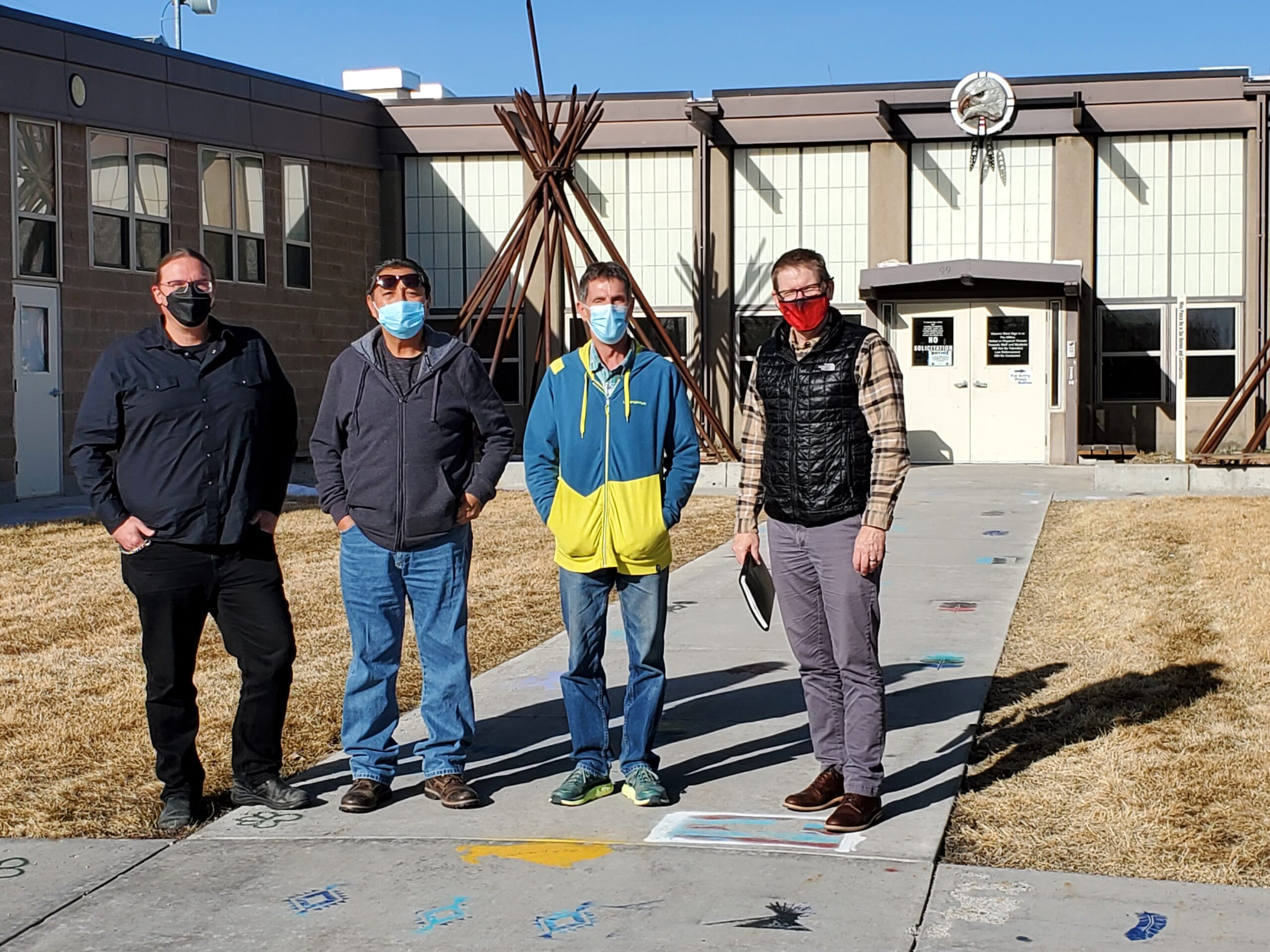Project Background
Data from the U.S. Department of Education in 2019, shows that Native American students had the lowest on-time graduation rate in the United States. In 2023, three school districts on the Wind River Reservation in Wyoming, the Native American students experienced both lower graduation and attendance rates than the state average (Shippen, 2023; Maloney, 2023). In addition, previous work has indicated that this issue has been exacerbated by environmental hazards such as air pollution, food insecurity, and energy scarcity. To address this issue, our team has begun a study in Wind River to better understand how to improve educational outcomes, especially in the STEM fields. We hypothesize that the integration of STEM (Science, Technology, Engineering, and Mathematics) concepts with Traditional Ecological Knowledge (TEK), which includes the use of traditional knowledge and practices that have been passed down over generations in a specific place (Hunn, 1993), may help to create more interest in science among the student populations there. As Sobel (2005) proposes, pedagogy that is affiliated with local contexts, known as place-based education, can boost students' academic excellence, foster cultural connection, and empower youth to become agents of change within local communities. To study this hypothesis, we will develop curriculum for a K-12 schools in Wind River, which explored varied socio-cultural values of Eastern Shoshone and Northern Arapaho-the two indigenous tribes of the reservation-and incorporated those with STEM education for 10th graders. This curriculum will be vetted by teachers and local leaders on the reservation and then taught in the classroom there.
Student Role
Students on our project will help to develop curriculum, develop and deploy surveys, work with tribal contacts and schools and learn about the write, grant, and research process.
Student Learning Outcomes and Benefits
This would give students the opportunity to learn about both qualitative and quantitative research as well as community engaged research. It would help to illustrate work with vulnerable groups. It would also give them practical and hands on experience with research, data collection, grant and academic writing and would provide an opportunity to work with a research team.

Tabitha Benney
After teaching at the university level for ten years, I have come to value intellectual exchange (in its many forms) as my toolbox for teaching and learning. To encourage interaction, I often experiment with a variety of learning approaches and materials and this helps me to connect with students in various ways. To help my students to succeed, they need clear goals, encouragement, and a trusted role model to guide them. To facilitate this, my student learning goals include: critical thinking, relevant application, respect for other perspectives, and honest collaboration.
To get at these goals, our team has developed a mentoring program for all students and researchers. In addition to weekly mentoring through the SPUR program, students will be socialized to lab and team-science culture. We will introduce concepts of ethics and inclusion, respect, and even explore researcher identity. Teams will meet weekly for mentoring activities and separately for team meetings throughout the semester.
To learn more about HAPPIEST, please visit here!
